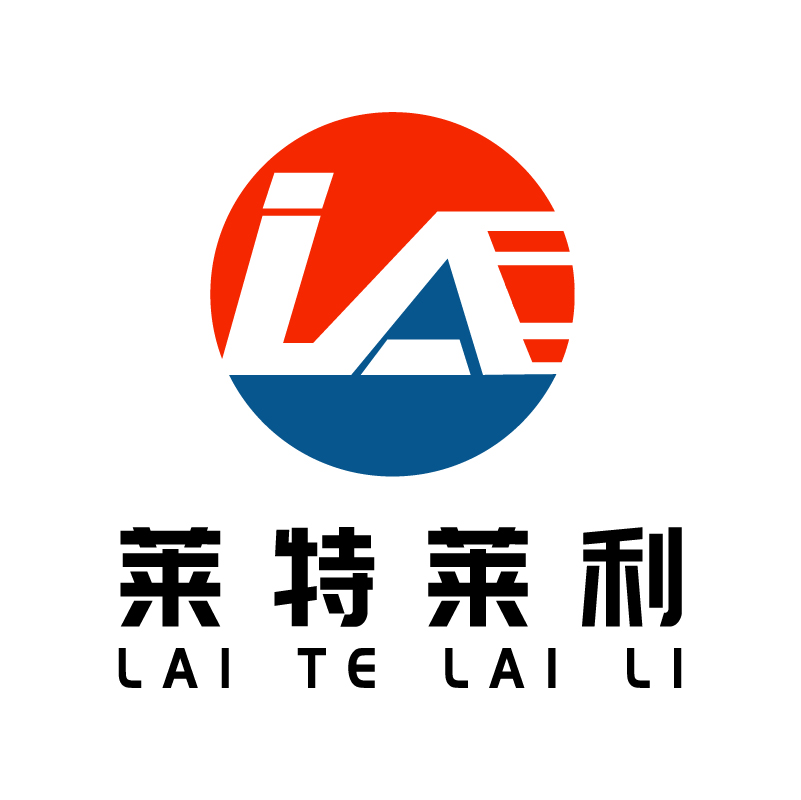How do macroeconomic factors affect the thermal paper market?
Macroeconomic factors affect the thermal paper market in a variety of ways, and these impacts can be summarized in the following aspects:
1. Economic growth and market demand
Economic growth is one of the most important factors in the macro economy, which directly affects the purchasing power of consumers and the investment willingness of enterprises. When economic growth is strong, the demand for thermal paper in various industries may increase as companies require more packaging, labeling and recording materials during expansion and upgrading. Conversely, an economic slowdown or recession may reduce demand.
2. Consumer purchasing power
The purchasing power of consumers is directly affected by macroeconomic conditions. In the period of economic prosperity, consumer income increases, purchasing power increases, and the demand for high-quality and high-performance thermal paper products will increase accordingly. In the economic downturn, consumers may reduce non-essential spending, which will affect the thermal paper market.
3. Investment environment
The quality of the investment environment directly affects the willingness of enterprises to invest in the three thermal sensitive paper industry. Under the conditions of macroeconomic stability and favorable policy environment, enterprises are more willing to increase investment, expand the scale of production, and improve the technical level, so as to promote the development of the three thermal paper market. Conversely, if the investment environment is bad, companies may reduce investment or shift to other sectors.
4. Price level and cost
The change of the price level directly affects the production cost and market price of the three thermal sensitive paper. When inflation occurs, raw material prices rise and labor costs increase, which may lead to an increase in the production cost of thermal paper, thereby affecting its market competitiveness. At the same time, changes in the price level will also affect consumers' purchasing power and willingness to consume.
5. Monetary policy and interest rates
Monetary policy and interest rate levels have an important impact on the macro economy, but also indirectly affect the thermal paper market. For example, when the central bank lowers the interest rate, the financing cost of enterprises decreases, which is conducive to the expansion of investment and production scale of enterprises. In addition, interest rate changes can also affect consumers' credit consumption and savings decisions, which in turn affects their purchasing power.
6. International trade and exchange rates
For thermal paper enterprises that rely on imported raw materials or export products, international trade conditions and exchange rate fluctuations have a significant impact on them. An increase in international trade barriers, an increase in tariffs, or fluctuations in exchange rates can increase a company's costs or reduce its competitiveness.
7. Industry cyclicality and volatility
As a part of the manufacturing industry, the thermal paper industry also has a certain periodicity and volatility. Changes in macroeconomic conditions can lead to adjustments in industry cycles and an increase or decrease in volatility. For example, during boom times, industries may experience periods of rapid growth; When the economy is in recession, it may face problems such as declining market demand and overcapacity.
In summary, macroeconomic factors indirectly or directly affect the market by affecting economic growth, consumer purchasing power, investment environment, price level, monetary policy, international trade and exchange rates and other aspects. Therefore, companies and investors need to pay close attention to changes in macroeconomic conditions and their impact on the market when making strategies and decisions.



